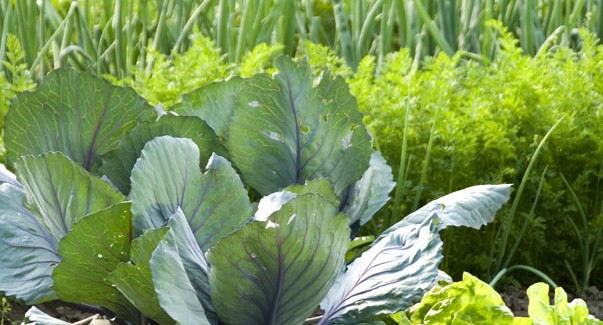Your cart is empty
Fall Is The Perfect Time to Garden
We are coming up on the most productive time of year for gardening in the Southwest.

The first thing to remember is that the soil needs a lot of organic material. This makes for a richer, more productive, chemical-free garden. To achieve good soil, lay down a 6-inch layer of compost, then add blood meal and bone meal (about 5 pounds per 50 square feet). Use a hard rake and a pick to work the products about 12 inches into the soil.
If you don’t want the back-breaking work of tilling the soil, just build a raised garden about 12 to 18 inches high. Fill it with pure compost or an organic planting mix.
To reap the benefits of your work, plant tomatoes, cucumbers, squash and black-eyed peas immediately. When the weather cools down (usually at the end of September), plant winter vegetables like artichokes, bush beans, carrots, garlic, lettuce, onion, peas, radish, spinach and strawberries.
To increase your chances of success in the garden, plant companion plants like thyme, mint, lavender and alyssum throughout your garden. These plants are all natural insect repellants and humans love their smell and taste.
Remember: If you plant anything by seed, you must keep that seed moist until it germinates. A dry seed is a dead seed.
Watering rule: Be sure the water penetrates at least 6 inches into the ground each time you water. And make sure to cover the surrounding soil with 2 to 4 inches of mulch.
Fertilizing tip: Keep it organic! Fish emulsion and liquid seaweed or my Extreme Juice are wonderful fertilizers. When the weather gets cooler, try mixing a little liquid humate into your fertilizer. It will break things down and make it easier for plant roots to absorb the nutrients.

